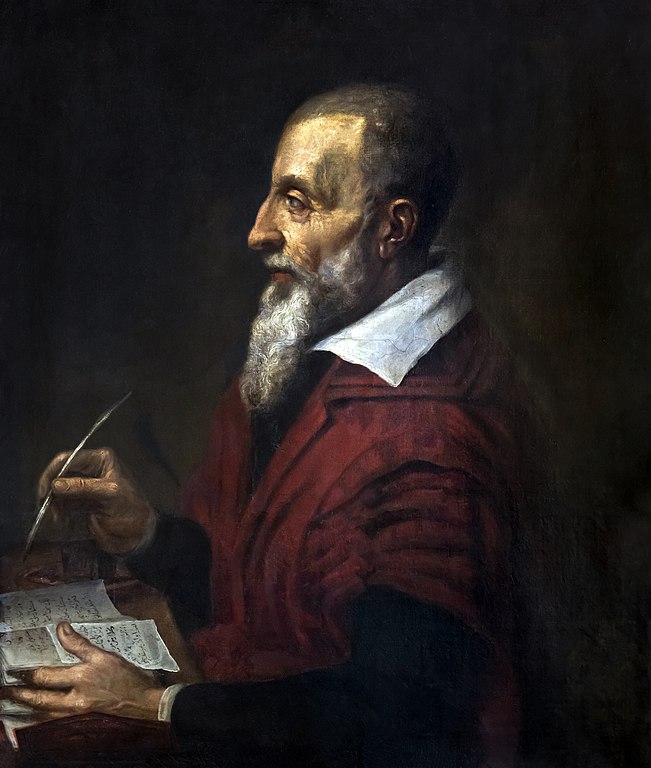Scaliger and the Historian's Toolbox
Scaliger added to the ingenious ways we fit details to the Christian timeline

by Dan Graves
I’m always excited to discover ingenious methods historians and sociologists contrive for extracting stubborn details from the Christian past. As early as the second century, they were citing tables of eclipses to show that the darkness at Christ’s crucifixion was not an eclipse of the sun. Chroniclers had already long been examining old documents for assertions and allusions to matters related to the early church. In the fourth century, Eusebius added lists of bishops to his narrative of the rise of Christianity. Archaeology was used as early as Damasus (pope from 366–384) when he located tombs of martyrs around Rome, but began to congeal into a scientific discipline in the fifteenth-century when highly placed churchmen began funding excavations and collecting relics from them. Starting near the middle of the twentieth century, carbon dating of manuscripts and relics was establishing date ranges. Technical specialties such as analysis of earthquake displacements has come into use more recently. Epitaphologists have compared the appearance and frequency of Christian names in burial grounds to trace the spread of the faith. And so it goes.
Joseph Justus Scaliger (1540–1609) devised another tool, the Julian Day.
This Scaliger was born into a Catholic home in France. His scholarly father drilled him in Latin and he taught himself Greek. Subsequently he mastered another ten languages, including Arabic, Ethiopian, Hebrew, Persian, and Syriac. Converting to Reformation views at age twenty-two, he fled to Geneva after the St. Bartholomew’s Day Massacre in which Catholics butchered Huguenots (French Calvinists).
Having mastered languages, law, and mathematics, Scaliger issued revised editions of classical works. His revisions did not hold first place for long, because advances in scholarship soon enabled others to issue even better editions.
His most lasting contribution came in the field of chronology. He studied the calendar systems of several civilizations in order to determine how their chronologies worked and then combined the various chronologies. His work placed chronology on a scientific footing, because he developed his system of Julian days, years, and epochs, in which every year and day had unique “coordinates.” Too bad he did not call these “Scaliger days,” as that term would have more clearly distinguished his dates from the Julian calendar dates that all of Western Europe used until 1582 when the Gregorian calendar began to replace the Julian calendar.
The three periods he used as measures—indiction (a 15-year Latin taxation and documentation period), solar, and lunar cycles—intersected on 1 January, 4713 BC and will intersect again in AD 3268. With sufficient information, any date from any chronology can be converted to a Julian date. In practice scholars are usually happy to pin down a year and month. Astronomical phenomena mentioned in ancient chronologies are helpful in cross-linking events to Scaliger’s timeline because the movements of solar system bodies can be calculated with precision. (The United States Naval Observatory provides a handy calculator to convert various dates to Julian days.)
The exact number of days between any two events for which Julian days are known can also be calculated precisely and easily. Ron Bublitz, for example, found this feature helpful in calculating ranges of years given by Jeremiah, Daniel, and Ezekiel in his book Hidden Rhythms in Prophecy.
Scaliger was both reviled and revered in his day. His admirers called him “light of the world,” “bottomless pit of erudition,” and other flattering titles. Leyden University was happy to employ him as a research professor, just for the prestige diffused by his name. Still, he was soon forgotten after his death, except by a few scholars handling chronologies. He could not have anticipated how moderns would appreciate his innovation. Variations and simplifications are used in astronomy, computer clocks, and business records around the world.
Image credit: Anonymous, Joseph Just Scaliger—Louvre Museum / public domain, Wikimedia



